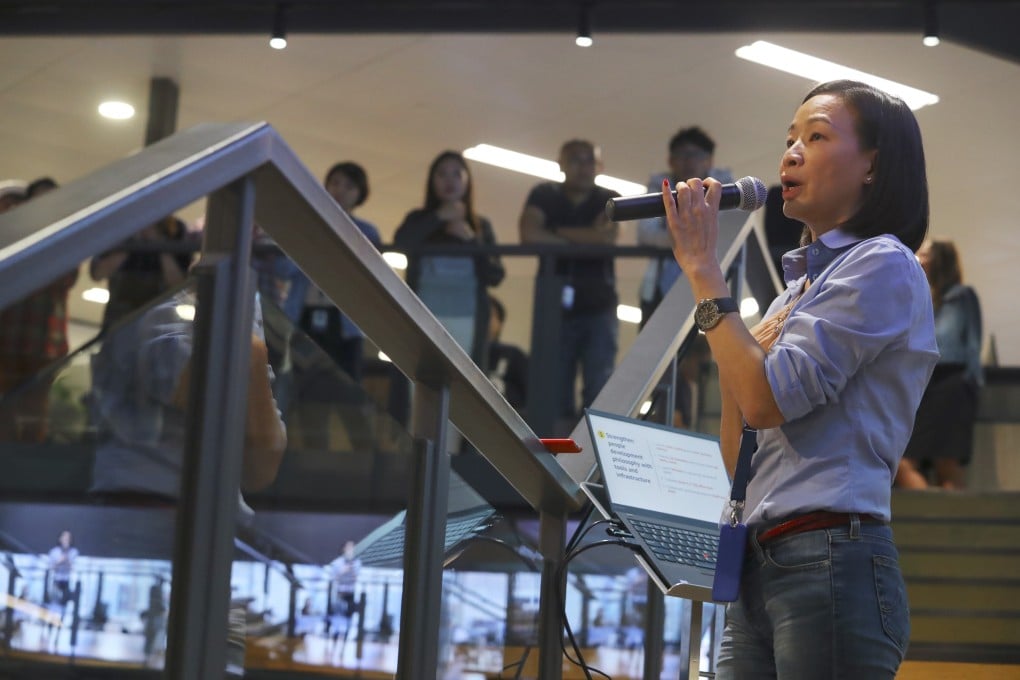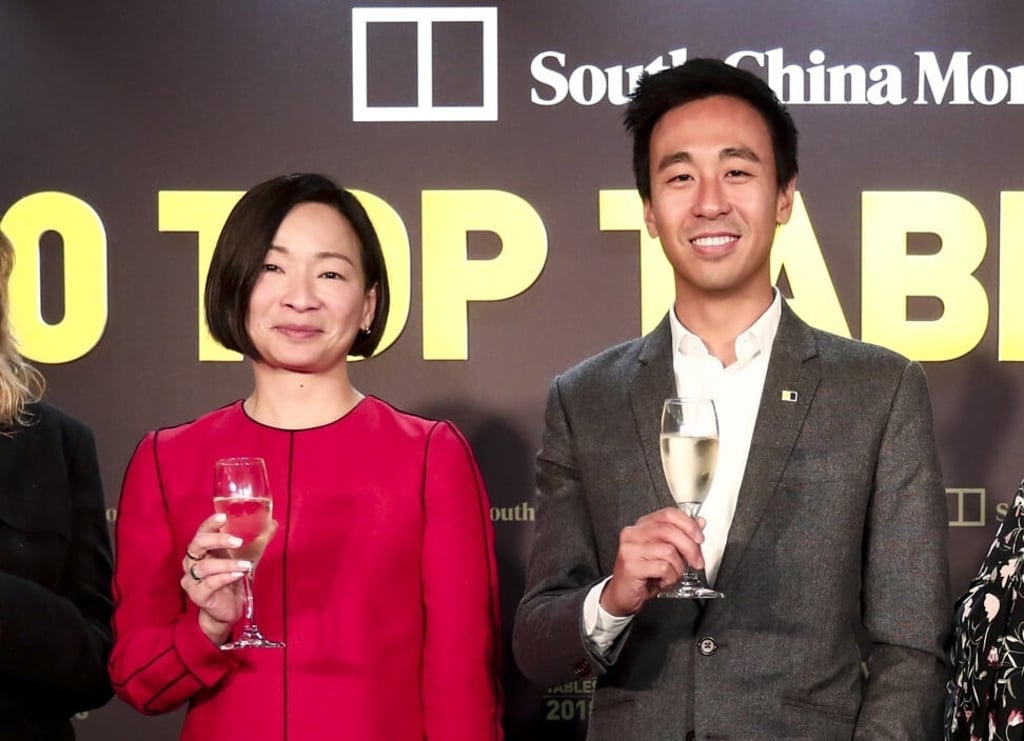Elsie Cheung steps down after a decade of leading digital transformation at the Post, Hong Kong’s oldest newspaper
- Cheung’s 20 years at the Post have coincided with a shake-up of print media by digital advertising and social media
- Departing COO has given her full support and respected editorial independence throughout the newspaper’s digital transformation, Editor-in-Chief Tammy Tam says

Elsie Cheung Hoi-sze, who is among the few female business leaders in Hong Kong’s media industry, is stepping down as chief operating officer of the South China Morning Post, having helped the newspaper go digital and global over the past decade.
“Hong Kong has been through a lot these past few years. I believe I have done my best to be a leader who can adapt and be nimble to address the circumstances,” Cheung said in an interview. “But I also feel the need to take a step back and see which other meaningful pursuits can use my experience and expertise to the fullest. I have learned a lot working at the Post and I am grateful to my colleagues who have always been good friends and colleagues.”
Cheung leaves her post on July 30. Her departure from the Post is significant because she has held her own in a city where almost 90 per cent of directors at listed companies are men. Her career of more than 20 years is also remarkable as it has coincided with print media’s most tumultuous period, one where digital advertising and social media combined to upend the century-old industry.
“Elsie has been an integral part of our transformation over the past few years, successfully guiding the Post through several fundamental market shifts, including our recent evolution into a digital-first advertising platform,” said Gary Liu, chief executive of the Post. “She is one of Hong Kong’s foremost executive pioneers and most celebrated leaders and it has been my privilege to lead this company with Elsie. She has groomed and developed extraordinary leaders at SCMP, and her counsel and wisdom will be missed.”
Cheung’s career and long association with this newspaper began in the 1980s. Her first job was selling classified advertising at the newspaper. The choice was easy, she said, as the Post was the only English newspaper she had read since primary school.
